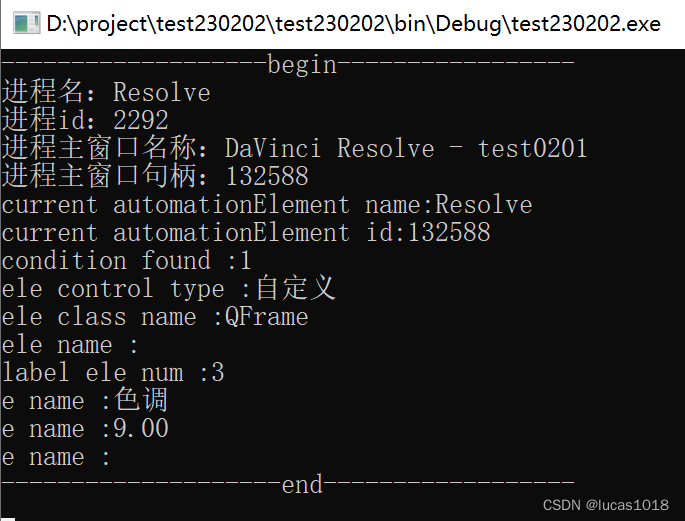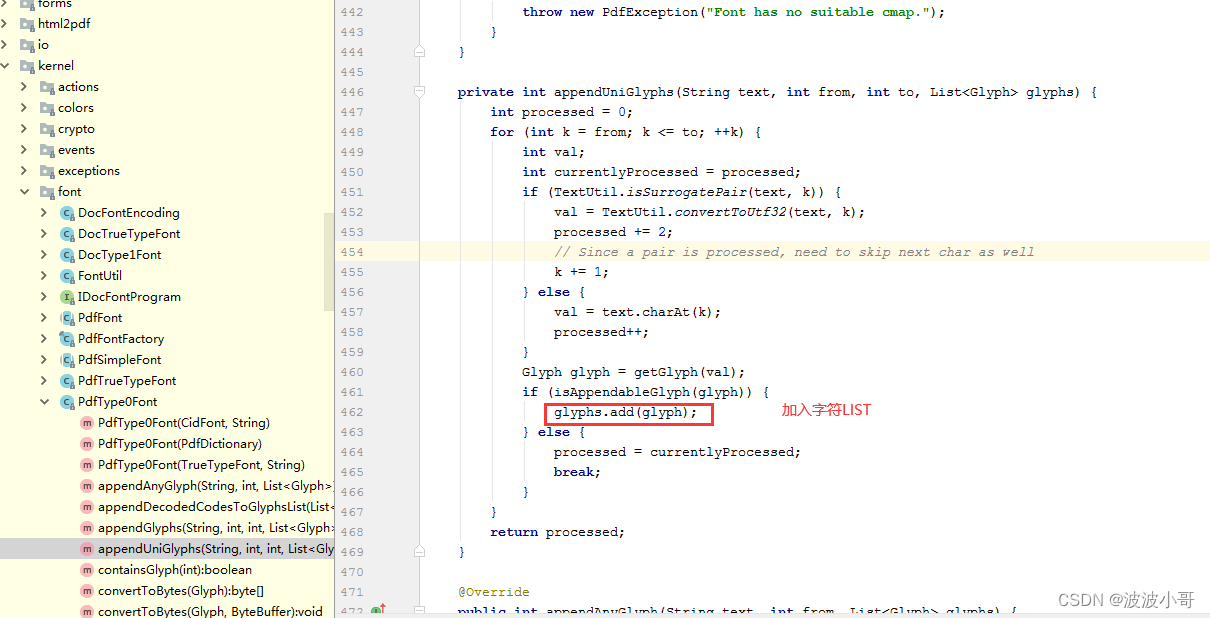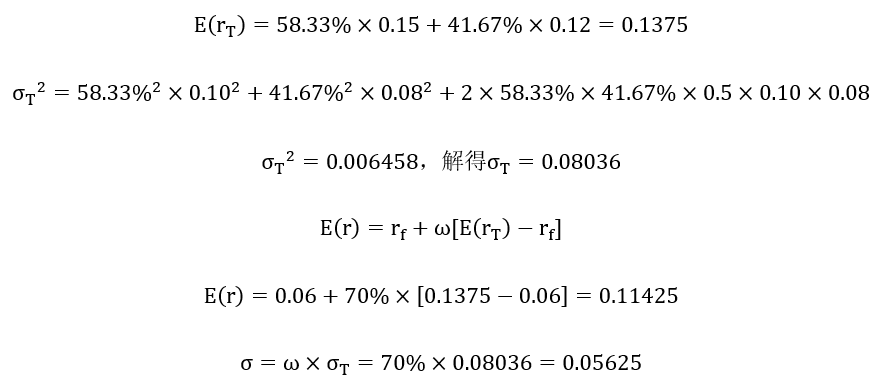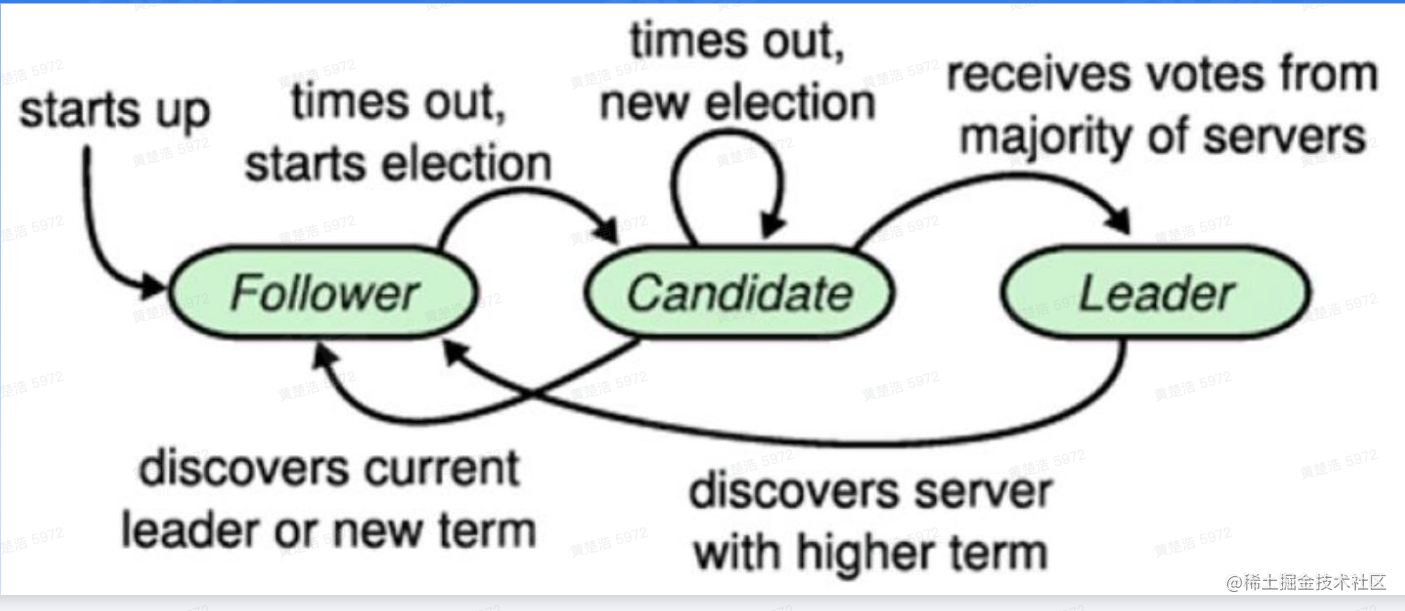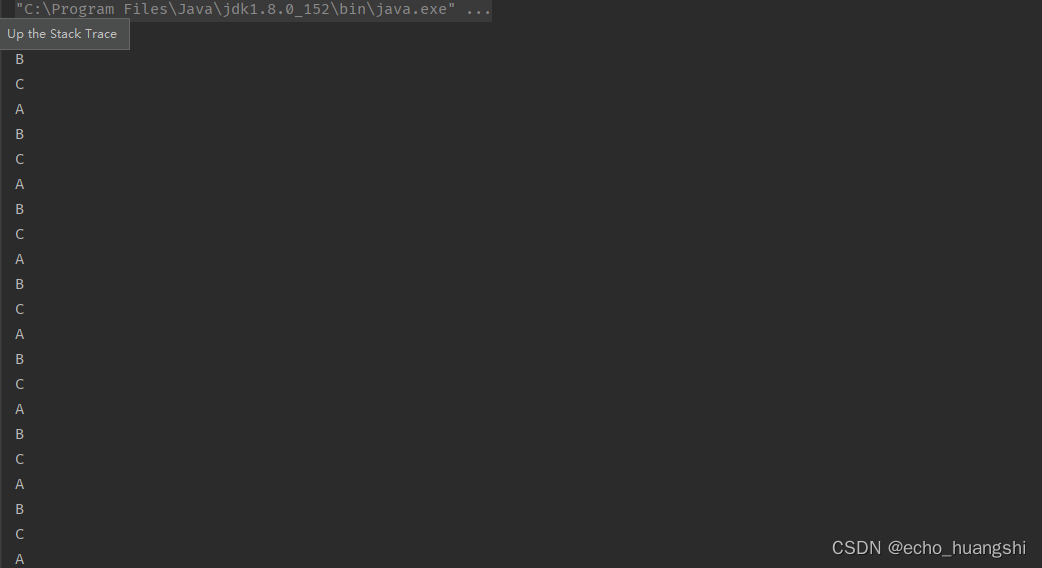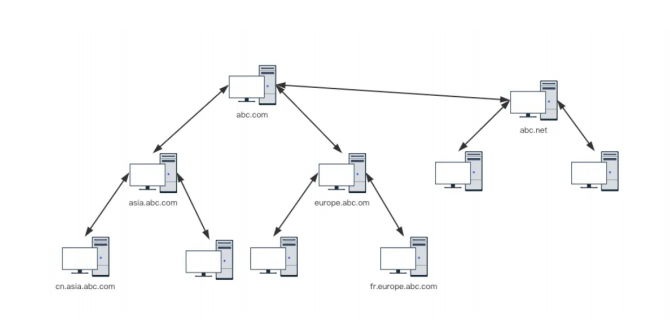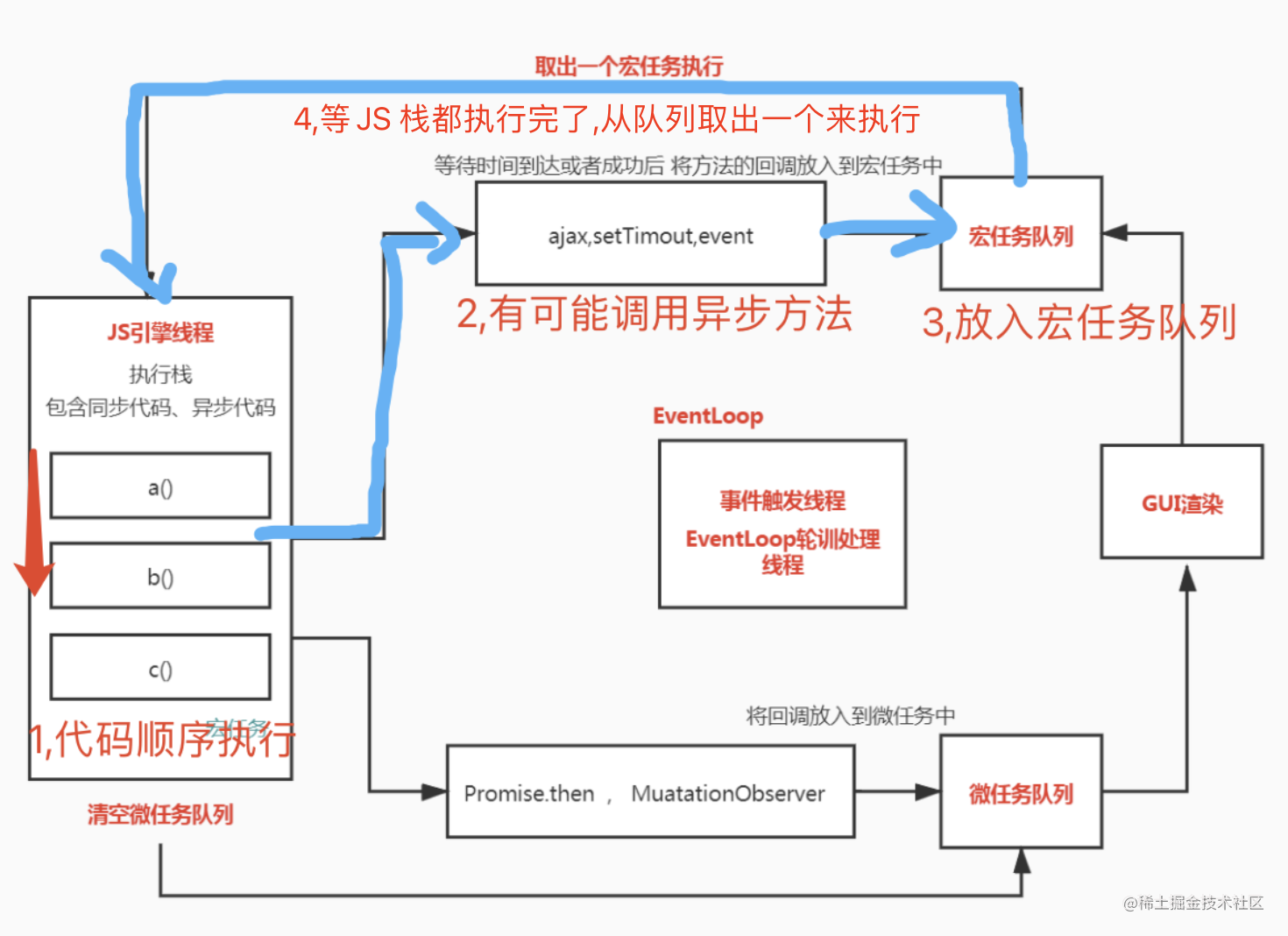定义一个Car类:
/**
* 封装汽车相关信息的 pojo类
*/
public class Car {
// 数据库表当中的字段应该和pojo类的属性一一对应
// 建议使用包装类, 这样可以防止null的问题
private Long id;
private String carNum;
private String brand;
private Double guidePrice;
private String produceTime;
private String carType;
public Car() {
}
public Car(Long id, String carNum, String brand, Double guidePrice, String produceTime, String carType) {
this.id = id;
this.carNum = carNum;
this.brand = brand;
this.guidePrice = guidePrice;
this.produceTime = produceTime;
this.carType = carType;
}
public Long getId() {return id;}
public void setId(Long id) {this.id = id;}
@Override
public String toString() {
return "Car{" +
"id=" + id +
", carNum='" + carNum + '\'' +
", brand='" + brand + '\'' +
", guidePrice=" + guidePrice +
", produceTime='" + produceTime + '\'' +
", carType='" + carType + '\'' +
'}';
}
public String getCarNum() {return carNum;}
public void setCarNum(String carNum) {this.carNum = carNum;}
public String getBrand() {return brand;}
public void setBrand(String brand) {this.brand = brand;}
public Double getGuidePrice() {return guidePrice;}
public void setGuidePrice(Double guidePrice) {this.guidePrice = guidePrice;}
public String getProduceTime() {return produceTime;}
public void setProduceTime(String produceTime) {this.produceTime = produceTime;}
public String getCarType() {return carType;}
public void setCarType(String carType) {this.carType = carType;}
}1. 查询之返回Car:
// CarMapper.xml
// 必须要指定返回结果的类型
<select id="selectById" resultType="Car">
<!-- select * from car where id = #{id}-->
// 列名要和pojo类中的属性名要对的上, 否则查出来为null
select
id, car_num as carNum, brand, guide_price as guidePrice,
produce_time as produceTimme,
car_type as catType
from
car
where
id = #{id}
</select>
// 接口
public interface CarMapper{
// 根据id查询Car信息
Car selectById(Long id);
}
// @test
public static void main(String[] args) {
SqlSession sqlSession = SqlSessionUtil.openSession();
CarMapper mapper = sqlSession.getMapper(CarMapper.class);
Car car = mapper.selectById(16L);
System.out.println(car);
sqlSession.close();
}2. 查询之返回多个Car:
// CarMapper.xml
// 必须要指定返回结果的类型
<select id="selectAll" resultType="Car">
<!-- select * from car where id = #{id}-->
// 列名要和pojo类中的属性名要对的上, 否则查出来为null
select
id, car_num as carNum, brand, guide_price as guidePrice,
produce_time as produceTimme,
car_type as catType
from
car
</select>
// 接口
public interface CarMapper{
// 查询所有Car信息
List<Car> selectAll();
}
// @test
public static void main(String[] args) {
SqlSession sqlSession = SqlSessionUtil.openSession();
CarMapper mapper = sqlSession.getMapper(CarMapper.class);
List<Car> cars = mapper.selectAll();
cars.forEach(car -> System.out.println(car));
sqlSession.close();
}3. 查询之返回Map:

map的key都是数据库的列名
// CarMapper.xml
// resultType="java.util.Map" 有别名: "map"
<select id="selectByIdRetMap" resultType="map">
// 返回的类型是个map, 不需要和Car类属性匹配了
select * from car where id = #{id}
</select>
// 接口
public interface CarMapper{
// 根据id获取汽车信息, 将信息放到Map集合中
Map<String, Object> selectByIdRetMap(Long id);
}
// @test
public static void main(String[] args) {
SqlSession sqlSession = SqlSessionUtil.openSession();
CarMapper mapper = sqlSession.getMapper(CarMapper.class);
Map<String, Object> car = mapper.selectByIdRetMap(16L);
System.out.println(car);
sqlSession.close();
}4. 查询之返回多个Map:

// CarMapper.xml
// resultType="map", 不能写"list"
<select id="selectAllRetListMap" resultType="map">
// 返回的类型是个map, 不需要和Car类属性匹配了
select * from car
</select>
// 接口
public interface CarMapper{
// 查询所有的car信息, 返回一个存放Map集合的List集合
List<Map<String, Object>> selectAllRetListMap();
}
// @test
public static void main(String[] args) {
SqlSession sqlSession = SqlSessionUtil.openSession();
CarMapper mapper = sqlSession.getMapper(CarMapper.class);
List<Map<String, Object>> maps = mapper.selectAllRetListMap();
maps.forEach(map -> System.out.println(map));
sqlSession.close();
}5. 查询之返回Map<String,Map>:
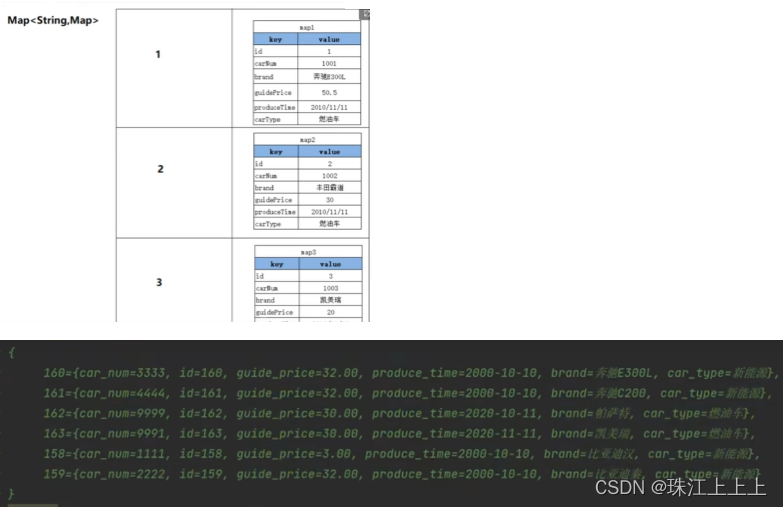
拿Car的id做key, 以后取出对应的Map集合时更加方便
需要使用到@MapKey注解
// CarMapper.xml
// resultType="map", 不能写"list"
<select id="selectAllRetMap" resultType="map">
// 返回的类型是个map, 不需要和Car类属性匹配了
select * from car
</select>
// 接口
public interface CarMapper{
// 查询所有的Car, 返回一个Map集合
// Map集合的key是每条记录的主键值
// Map集合的value是每条记录
@MapKey("id") // 将查询结果的id值作为一个大map集合的key
Map<Long,Map<String, Object>> selectAllRetMap();
}
// @test
public static void main(String[] args) {
SqlSession sqlSession = SqlSessionUtil.openSession();
CarMapper mapper = sqlSession.getMapper(CarMapper.class);
Map<Long,Map<String, Object>> maps = mapper.selectAllRetMap();
System.out.println(maps);
sqlSession.close();
}6. resultMap结果映射:
查询结果的列名和Java对象的属性名对应不上怎么办?
as给列起别名
// CarMapper.xml
// 必须要指定返回结果的类型
<select id="selectAll" resultType="Car">
select
id,
car_num as carNum,
brand,
guide_price as guidePrice,
produce_time as produceTimme,
car_type as catType
from
car
</select>
// 接口
public interface CarMapper{
// 查询所有Car信息
List<Car> selectAll();
}
// @test
public static void main(String[] args) {
SqlSession sqlSession = SqlSessionUtil.openSession();
CarMapper mapper = sqlSession.getMapper(CarMapper.class);
List<Car> cars = mapper.selectAll();
cars.forEach(car -> System.out.println(car));
sqlSession.close();
}使用resultMap进行结果映射
// CarMapper.xml
<resultMap id="carResultMap" type="Car">
// 如果数据库表中有主键, 一般都是有主键的, 否则不符合数据库设计第一范式
// 如果有主键, 建议这里面配置一个id标签, 这样是为了提高效率
<id property ="id" column="id"/>
// property后面填写的是POJO类的属性名
// column后面填写的是数据库的字段名
<result property="carNum" column="car_num"/>
// 如果属性名和字段名相同, 可以不配置
<result property="brand" column="brand"/>
<result property="guidePrice" column="guide_price"/>
<result property="produceTime" column="produce_time"/>
<result property="carType" column="car_type"/>
</resultMap>
// resultMap属性用来指定使用哪个结果映射, resultMap后面的值是resultMap的id
<select id="selectAllByResultMap" resultMap="carResultMap">
select * from car
</select>
// 接口
public interface CarMapper{
// 查询所有Car信息, 使用resultMap标签
List<Car> selectAllByResultMap();
}
// @test
public static void main(String[] args) {
SqlSession sqlSession = SqlSessionUtil.openSession();
CarMapper mapper = sqlSession.getMapper(CarMapper.class);
List<Car> cars = mapper.selectAllByResultMap();
cars.forEach(car -> System.out.println(car));
sqlSession.close();
}是否开启驼峰命名自动映射(配置settings)
使用这种方式的前提是: 属性遵循java命名规范, 数据库的列名遵循sql的命名规范
java命名规范: 首字母小写, 后面每个单词首字母大写, 遵循驼峰命名方式
sql命名规范: 全部小写, 单词之间采用下划线分割
如何启用该功能呢? 需要在mybatis-config.xml文件中配置
// 放在properties标签后面
<settings>
<setting name="mapUnderscoreToCameCase" value="true">
</settings>
// CarMapper.xml
<select id="selectAllBymapUnderscoreToCameCase" resultType="Car">
select * from car
</select>
// 接口
public interface CarMapper{
// 查询所有Car信息, 启用驼峰命名自动映射机制
List<Car> selectAllBymapUnderscoreToCameCase();
}
// @test
public static void main(String[] args) {
SqlSession sqlSession = SqlSessionUtil.openSession();
CarMapper mapper = sqlSession.getMapper(CarMapper.class);
List<Car> cars = mapper.selectAllBymapUnderscoreToCameCase();
cars.forEach(car -> System.out.println(car));
sqlSession.close();
}7. 查询之返回总记录条数:
// CarMapper.xml
// resultType后面也可以写上java.lang.Long
<select id="selectTotal" resultType="long">
select count(*) from car
</select>
// 接口
public interface CarMapper{
// 获取Car的总记录条数
Long selectTotal();
}
// @test
public static void main(String[] args) {
SqlSession sqlSession = SqlSessionUtil.openSession();
CarMapper mapper = sqlSession.getMapper(CarMapper.class);
Long nums = mapper.selectTotal();
System.out.println(nums);
sqlSession.close();
}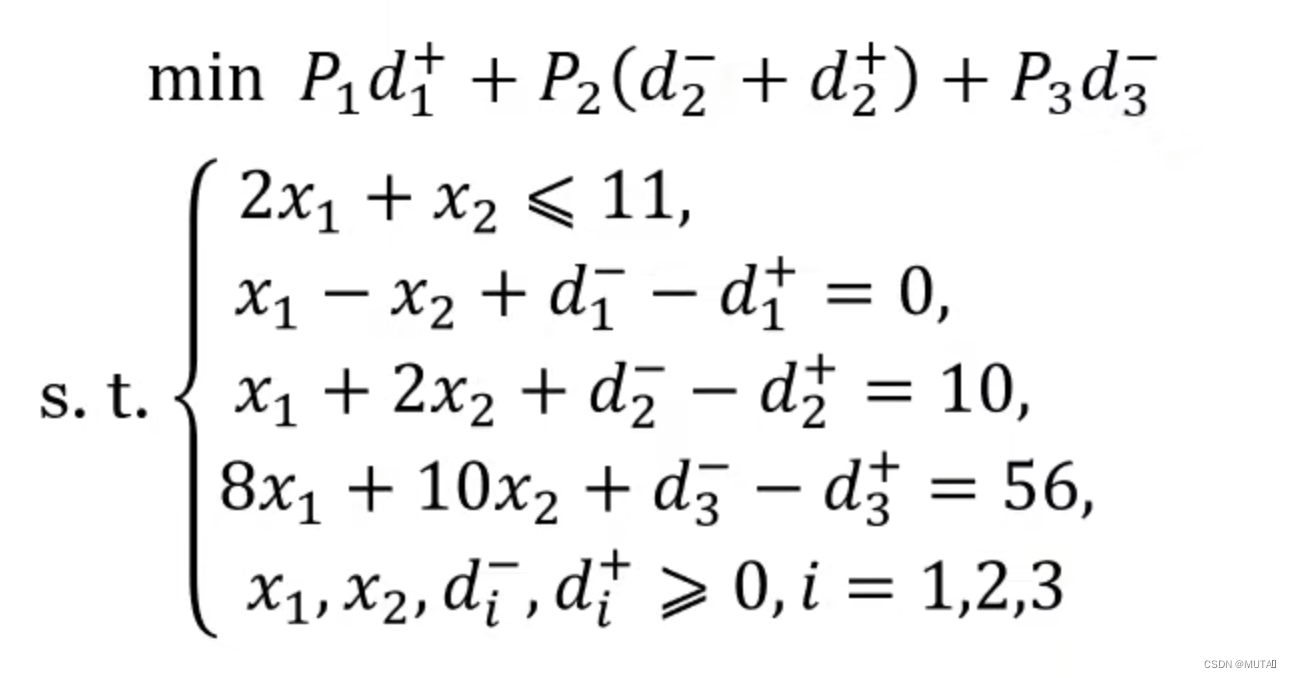
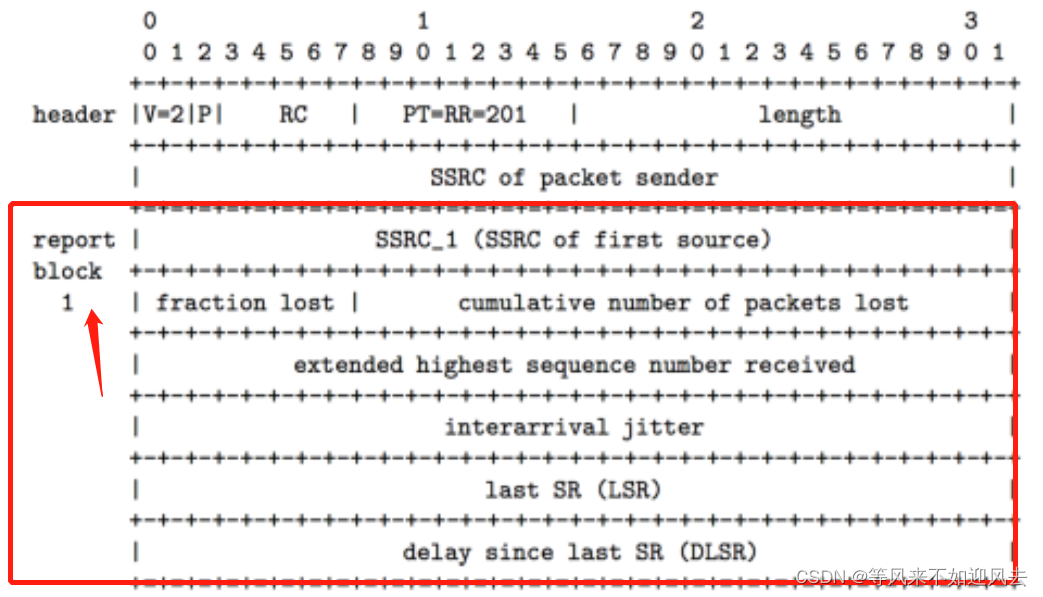





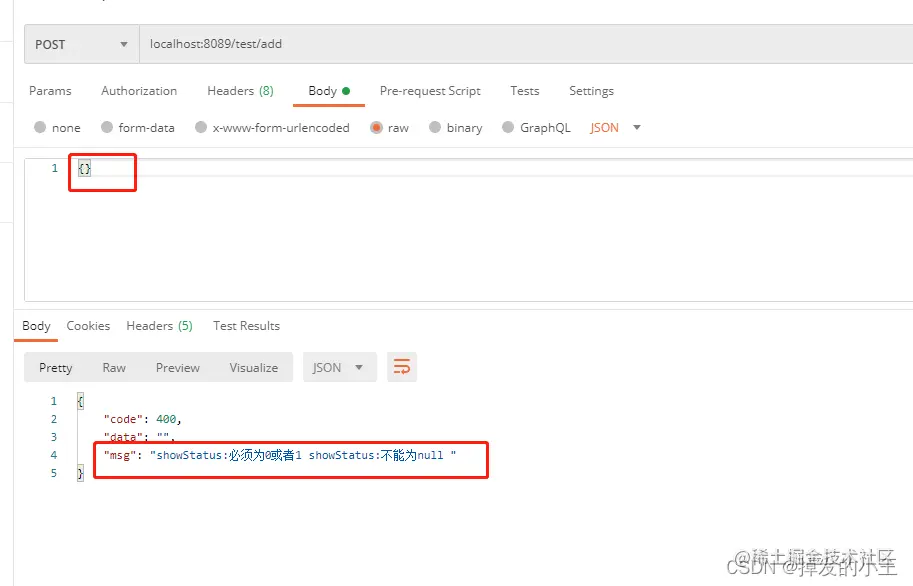
![[面试八股] Mysql](https://img-blog.csdnimg.cn/d62552615bbd4602920d319e5e95e80c.png)

